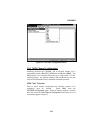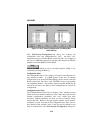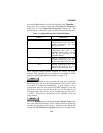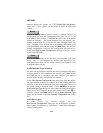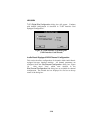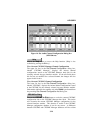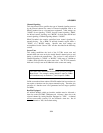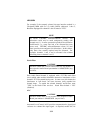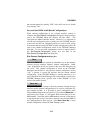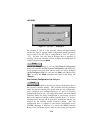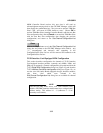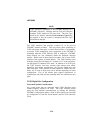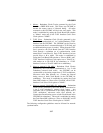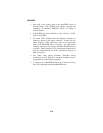
LBI-39224
3-31
Channel Signaling
This drop-down list box specifies the type of channel signaling sent out
by the selected channel for control of external equipment such as an
EDACS trunked site or co-located mux equipment. Valid settings are
"NONE" for no signaling, "TONE" for tone control signaling, "E&M"
for M-lead control signaling, and "BOTH" for both tone and M-lead
control signaling. Channel Signaling default = "NONE."
EDACS trunked sites require specialized tone control signaling for
transmit keying. For a MIM, all utilized channels require either a
"TONE" or a "BOTH" setting. Specific tone level settings are
accomplished via the "Secure Tone" text box described in the following
section.
Secure Tone
This setting establishes the level of the 2175 Hz secure tone and
transmit hold tone sent out by the Audio Board's channel prior to and
during a switch-to-site transmission. The set level is only utilized if
Channel Signaling is "TONE" or "BOTH." Valid range is -10 dBm to
11 dBm, which specifies the secure tone level. The 2175 Hz transmit
hold tone is always sent out 30 dBm below the secure tone setting.
The secure tone and transmit hold tone are set on a per Audio
Board basis. For example, setting channel 2 equal to 5 dBm
will simultaneously set channels 1, 3 and 4 equal to 5 dBm.
Unlike conventional base stations, EDACS trunked site base stations do
not require a function tone for proper transmit keying. Therefore, the
presence of a function tone is not guaranteed and no longer specified
for MIMs.
Bus/Slot Equipped
All utilized channels within an interface module must be allocated a
time slot on the CEC/IMC TDM network. Allocate a time slot to the
selected channel by setting Bus/Slot Equipped to "YES." A channel
will not route audio correctly if is not allocated a time slot. Set all
unused channels to "NO," the default setting.
NOTE



